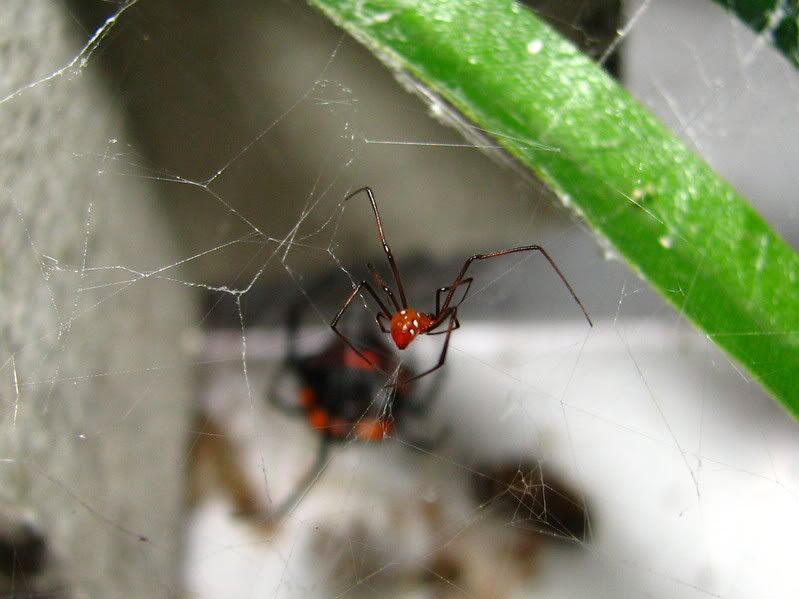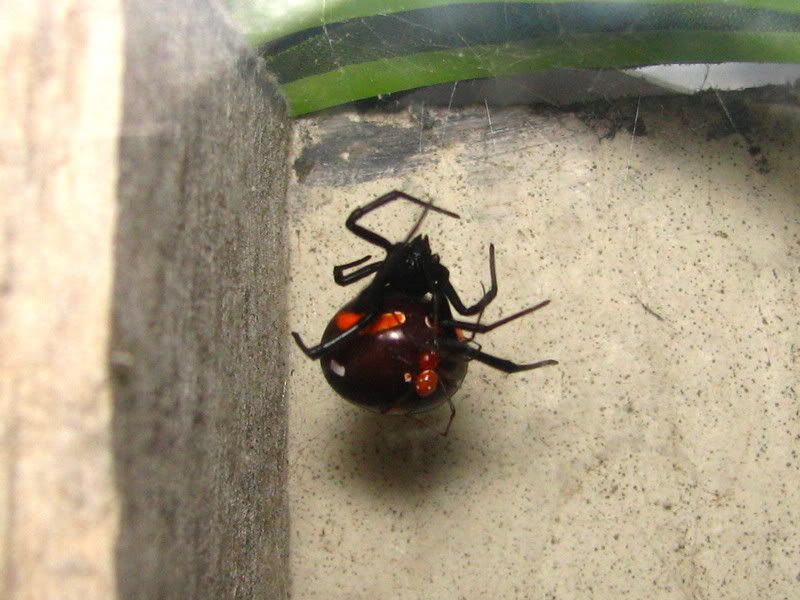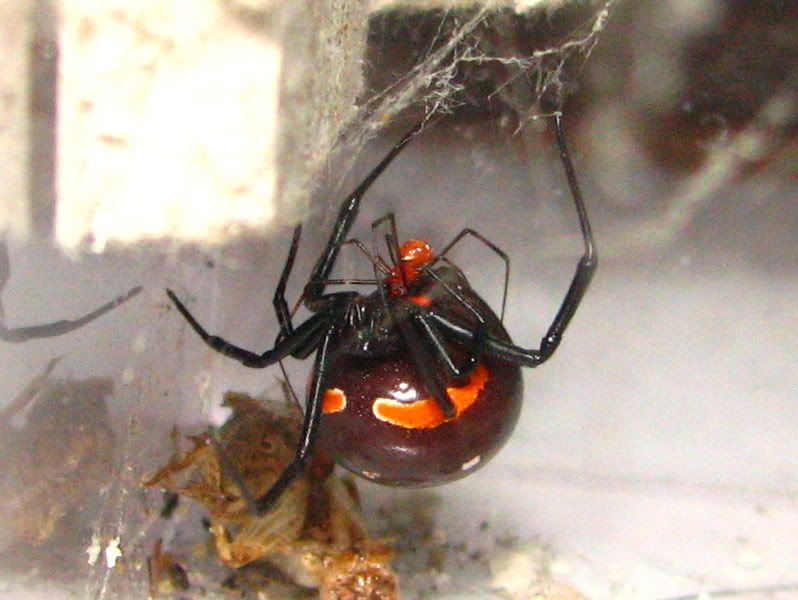- Joined
- Nov 10, 2005
- Messages
- 102
its a rigged incubator I made based on what I have seen on the boards. I used old hospital IV hoses and tube feeding pieces to create the plumbing. I have an egg sack in there currently - we'll see how it worksmackids, what is that thing on the bottom shelf, second from the right? a latrodectomizer?












































